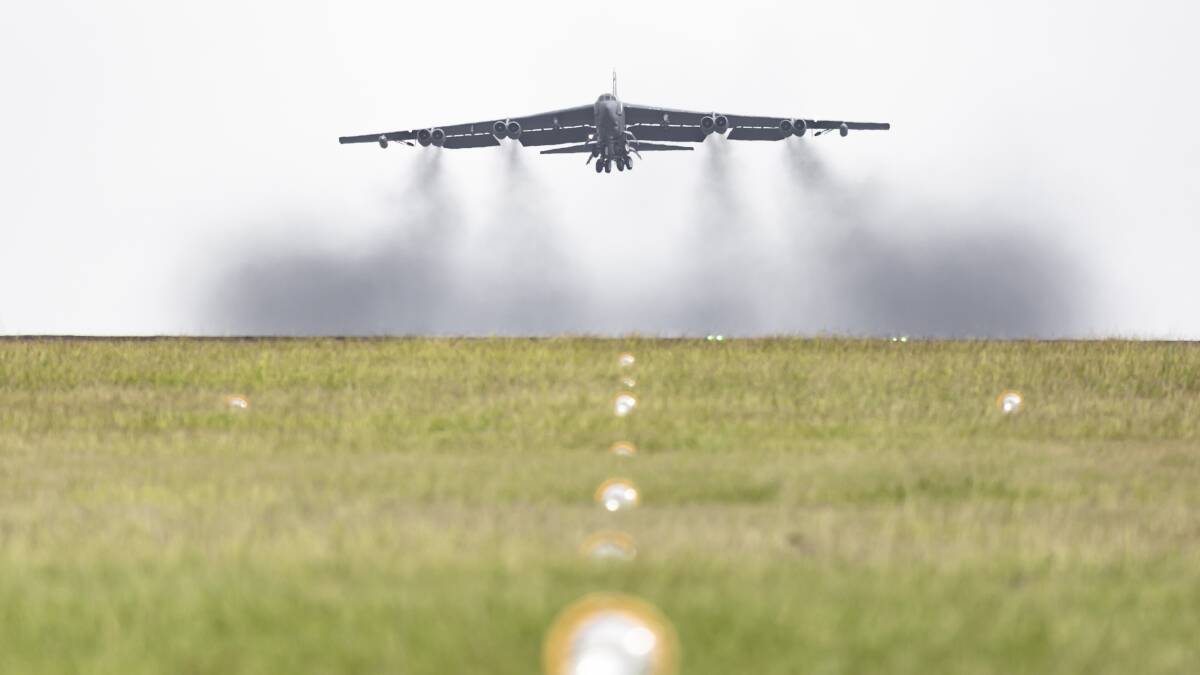
The Tindal RAAF Base runway will be extended by 610 metres to become 3.3 kilometres long.
Subscribe now for unlimited access.
or signup to continue reading
A new fuel farm will be built with two giant steel tanks to be encased in concrete and earth to contain six million litres of fuel, that's about the capacity of six Olympic-sized swimming pools.
The secretive Northern Regional Operations Centre's bunker with its key role of "maintaining national sovereignty" will emerge from underground into a new above ground facility.
There will be a three-storey accommodation unit on base to house more than 108 personnel.
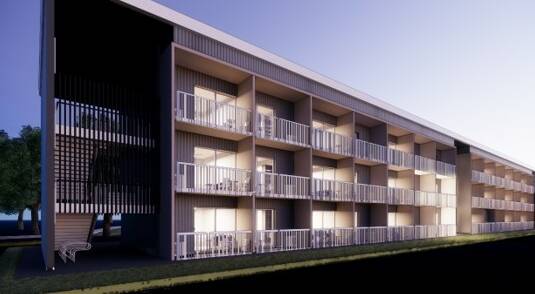
These are some of the finer details of the Prime Minister's $1.1 billion announcement at the Tindal RAAF Base on Friday.
Most of this work has long been in the planning as part of the 2016 Defence White Paper which identified Northern Australia as strategically important, both for national defence and as a forward base for regional engagement.
This is all on top of the on top of the $495 million already spent on the New Air Combat Capability infrastructure built in readiness for the arrival of 16 of the new Joint Strike Fighters within the next two years.
Prime Minister Scott Morrison on Friday described Tindal as an "incredibly important facility".
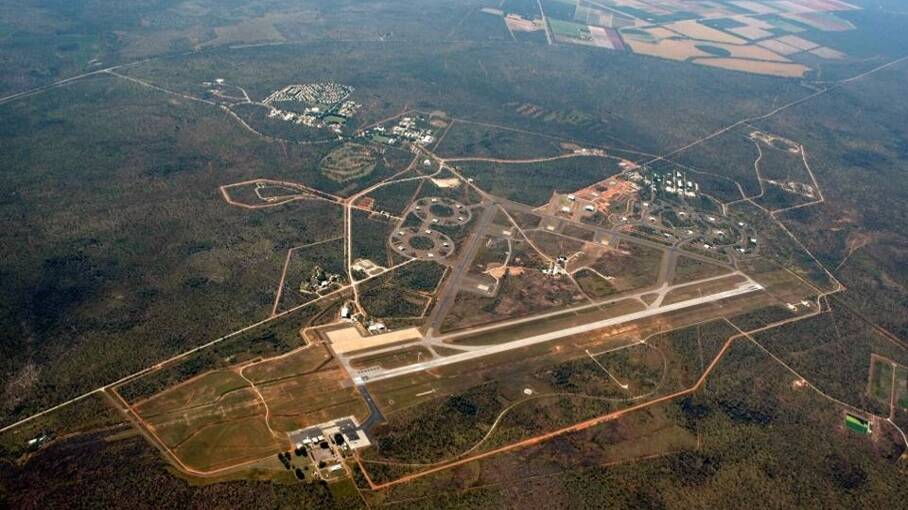
"RAAF Base Tindal plays an incredibly important role in Australia's efforts to ensure a stable and secure Indo-Pacific, working particularly with our partners in the United States," the Prime Minister said.
"And what that enables us to do is keep Australians safe, at the end of the day."
All this spending still needs the sign-off by Federal Parliament, although construction work is expected to start from the middle of this year, to be finished by the end of 2027.
Most of the new spending, $737 million, will be spent on extending the runway by 610 metres to 3353 metres long.
The runway shoulders will be widened from three metres to 10.5 metres.
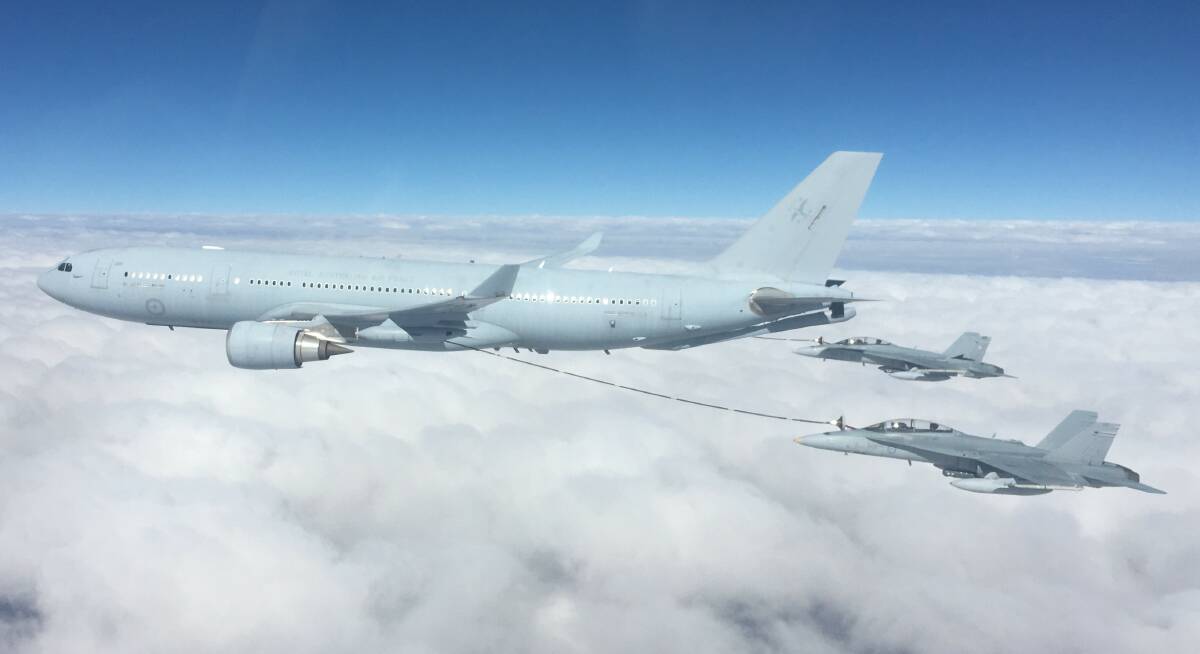
There will be work "re-aligning, extending and widening the parallel taxiway for heavy aircraft movements".
Two new operational readiness platforms will be built at each end of the runway, upgrading an existing secondary taxiway to accommodate larger aircraft and upgrading the airfield stormwater drainage system.
"The existing aeronautical ground lighting system will be re-configured to complement the proposed airfield layout, and the existing navigation aids will be re-configured or replaced."
Many media outlets on Friday suggested the extended runway was needed so Tindal could host the US Air Force's long-range bomber, the B-52 Stratofortress, which has been using Darwin occasionally in recent years for various joint exercises.
Mr Morrison was asked directly about the B-52s coming to Tindal.
"Well, I don't go into those sorts of issues at press conferences like this. But what I can say is that we're equipping these facilities to be able to have the maximum advantage of the relationships we have with our alliance partners, and to conduct the exercises which we are routinely conducting with them and this will be an important staging point for those exercises."
The extended runway is also important for Australian refuelling aircraft.
When the runway was first carved out of the bush at Tindal in 1942 as Carson's Airfield it was to host Consolidated B-24 Liberator bombers for missions to Papua New Guinea, but was not used.
Tindal's runway will be able to accept the KC-30A which is able to transfer more than 100 tonnes of fuel to RAAF F/A-18A/B Hornets, F/A-18F Super Hornets, and when fully operational refuel E-7A Wedgetail, C-17A Globemaster III and other KC-30As.
It will be compatible with refuelling the P-8A Poseidon surveillance aircraft and F-35A Lightning II when these aircraft enter service.
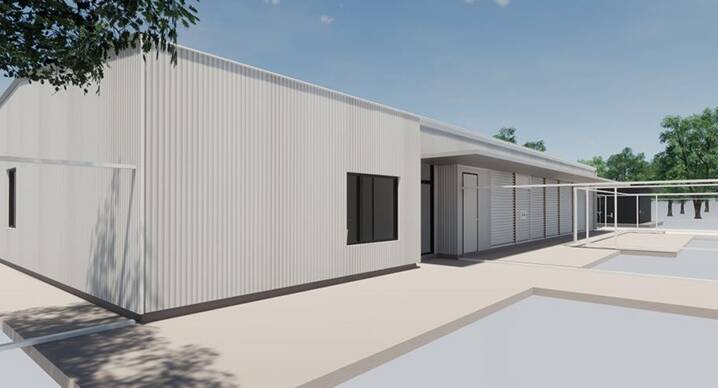
What didn't receive much press was the plan to build a new Northern Regional Operations Centre.
This little known centre is currently housed in a protective bunker at Tindal and is designed to be used during national emergencies like war-time as the operational command of all Australia's Defence Forces across the north including Queensland, WA and NT.
Northern Command's HQ is in Darwin at Larrakeyah Barracks.
The new centre for Tindal would be above ground in "two new technical equipment and communication buildings, improving access to and earthing of the fixed communications facility antenna and replacing the existing antenna".
The redundant buildings would be demolished along with the antennas.
The now redundant earth-covered bunkers would be decommissioned "by disconnecting services, making safe and sealing them to prevent unauthorised access".
Tindal is also to become the forward operating base for Australia's fleet of six new MQ-4C Triton drones, purchased in a deal worth $5 billion.
The nation has also been spend big on the giant Delamere bombing range, which is one of the largest training airspace areas in the world, located about 120 kilometres south of Katherine and under the control of the Tindal RAAF Base.
While you're with us, you can now receive updates straight to your inbox each Friday at 6am from the Katherine Times. To make sure you're up to date with all the news, sign up here.


